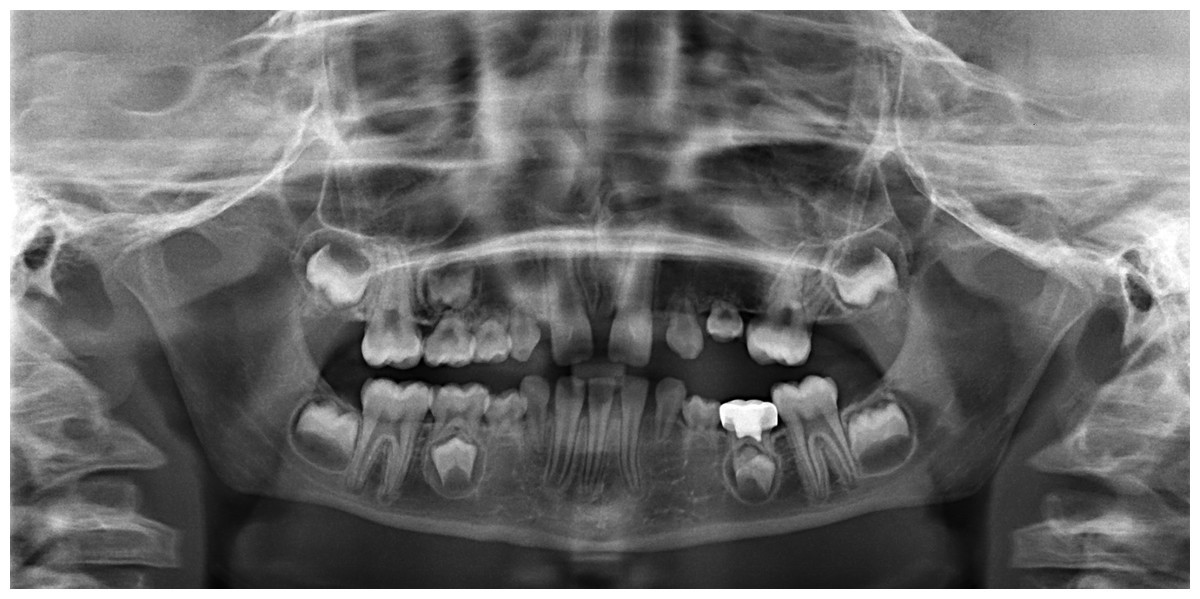
Osteogenesis Imperfecta (OI), often called brittle bone disease, is a genetic disorder causing fragile bones that break easily. But there's more to it than just weak bones. This condition affects collagen production, which is crucial for bone strength. People with OI might experience frequent fractures, short stature, hearing loss, and even dental issues. Understanding OI helps in managing symptoms and improving quality of life. Whether you or someone you know has OI, learning about it can make a big difference. Let's dive into 42 facts about this unique condition to shed light on its complexities and challenges.
What is Osteogenesis Imperfecta?
Osteogenesis Imperfecta (OI), often called brittle bone disease, is a genetic disorder that affects the bones. People with OI have bones that break easily, often with little or no apparent cause. This condition can vary greatly in severity, from mild cases with few fractures to severe cases involving hundreds of fractures over a lifetime.
- OI is a genetic disorder: It is usually inherited from one or both parents, but it can also occur due to a spontaneous mutation.
- There are several types of OI: The most common types are Type I, Type II, Type III, and Type IV, each varying in severity and symptoms.
- Type I is the mildest form: People with Type I OI may have a normal lifespan with relatively few fractures.
- Type II is the most severe form: Infants with Type II OI often have multiple fractures at birth and may not survive infancy.
- Type III is severe but survivable: Individuals with Type III OI have numerous fractures and bone deformities, often leading to a shorter lifespan.
- Type IV is moderate: This type involves frequent fractures and mild to moderate bone deformities.
Symptoms and Characteristics
OI affects more than just bones. It can impact various parts of the body, leading to a range of symptoms and characteristics.
- Blue sclera: Many individuals with OI have a blue tint to the whites of their eyes.
- Hearing loss: Hearing loss is common, especially in adults with OI.
- Dental issues: Brittle teeth, known as dentinogenesis imperfecta, can occur.
- Short stature: Many people with OI are shorter than average.
- Loose joints: Joint hypermobility is often seen in individuals with OI.
- Muscle weakness: Muscle strength can be reduced, contributing to mobility issues.
- Bone deformities: Bowing of the long bones, scoliosis, and other deformities are common.
- Respiratory problems: Severe cases can lead to breathing difficulties due to rib cage deformities.
Diagnosis and Testing
Diagnosing OI involves a combination of clinical evaluation, family history, and specialized tests.
- Genetic testing: Identifies mutations in the COL1A1 or COL1A2 genes, which are responsible for most cases of OI.
- Bone density scans: Measure bone mineral density to assess bone strength.
- X-rays: Reveal fractures and bone deformities.
- Prenatal testing: Can detect OI in unborn babies through ultrasound or genetic testing.
Treatment and Management
While there is no cure for OI, various treatments and management strategies can help improve quality of life.
- Bisphosphonates: Medications that help increase bone density and reduce fracture risk.
- Physical therapy: Strengthens muscles and improves mobility.
- Surgery: Procedures like rodding can stabilize bones and correct deformities.
- Pain management: Medications and therapies to manage chronic pain.
- Assistive devices: Wheelchairs, braces, and other aids can help with mobility.
- Occupational therapy: Helps individuals perform daily activities more easily.
- Nutritional support: Ensures adequate intake of calcium and vitamin D for bone health.
Living with Osteogenesis Imperfecta
Living with OI presents unique challenges, but many people lead fulfilling lives with proper care and support.
- Education and awareness: Understanding the condition helps individuals and families manage it better.
- Support groups: Provide emotional support and practical advice.
- Adaptive sports: Many people with OI participate in sports designed for their abilities.
- Home modifications: Making homes accessible and safe can prevent injuries.
- Regular medical check-ups: Monitoring health and adjusting treatments as needed.
Research and Future Directions
Ongoing research aims to improve understanding and treatment of OI.
- Gene therapy: Investigating ways to correct the genetic mutations causing OI.
- Stem cell therapy: Exploring the potential to regenerate healthy bone tissue.
- New medications: Developing drugs that target the underlying causes of OI.
- Clinical trials: Testing new treatments and therapies in controlled settings.
- Patient registries: Collecting data to better understand the condition and its impact.
Interesting Facts
Here are some lesser-known facts about OI that highlight the diversity and complexity of this condition.
- OI affects all races and ethnicities: It is a global condition with no racial or ethnic predilection.
- Life expectancy varies: While severe cases can shorten lifespan, many people with milder forms live into adulthood and old age.
- OI can affect the skin: Some individuals have thin, fragile skin that bruises easily.
- Mental health is important: Living with a chronic condition can impact mental health, making psychological support crucial.
- OI awareness day: May 6th is recognized as Wishbone Day, dedicated to raising awareness about OI.
- Famous individuals with OI: Some well-known people, like motivational speaker Sean Stephenson, have OI and inspire others with their achievements.
- OI research organizations: Groups like the Osteogenesis Imperfecta Foundation work tirelessly to support research and advocacy efforts.
Understanding Osteogenesis Imperfecta
Osteogenesis Imperfecta (OI) is a rare genetic disorder that affects bone strength. Knowing the facts about OI helps in understanding the challenges faced by those living with it. This condition, often called "brittle bone disease," leads to bones that break easily, sometimes with little or no apparent cause.
OI varies in severity, with some people experiencing frequent fractures while others have only a few. Treatments focus on managing symptoms and preventing fractures, including physical therapy, medications, and sometimes surgery.
Raising awareness about OI can lead to better support and resources for affected individuals. By spreading knowledge, we can foster a more inclusive environment for everyone. Understanding the complexities of OI is crucial for empathy and support.
Stay informed, and remember that every bit of awareness helps those living with Osteogenesis Imperfecta lead fuller, more comfortable lives.
Was this page helpful?
Our commitment to delivering trustworthy and engaging content is at the heart of what we do. Each fact on our site is contributed by real users like you, bringing a wealth of diverse insights and information. To ensure the highest standards of accuracy and reliability, our dedicated editors meticulously review each submission. This process guarantees that the facts we share are not only fascinating but also credible. Trust in our commitment to quality and authenticity as you explore and learn with us.


